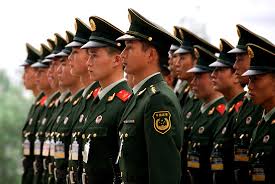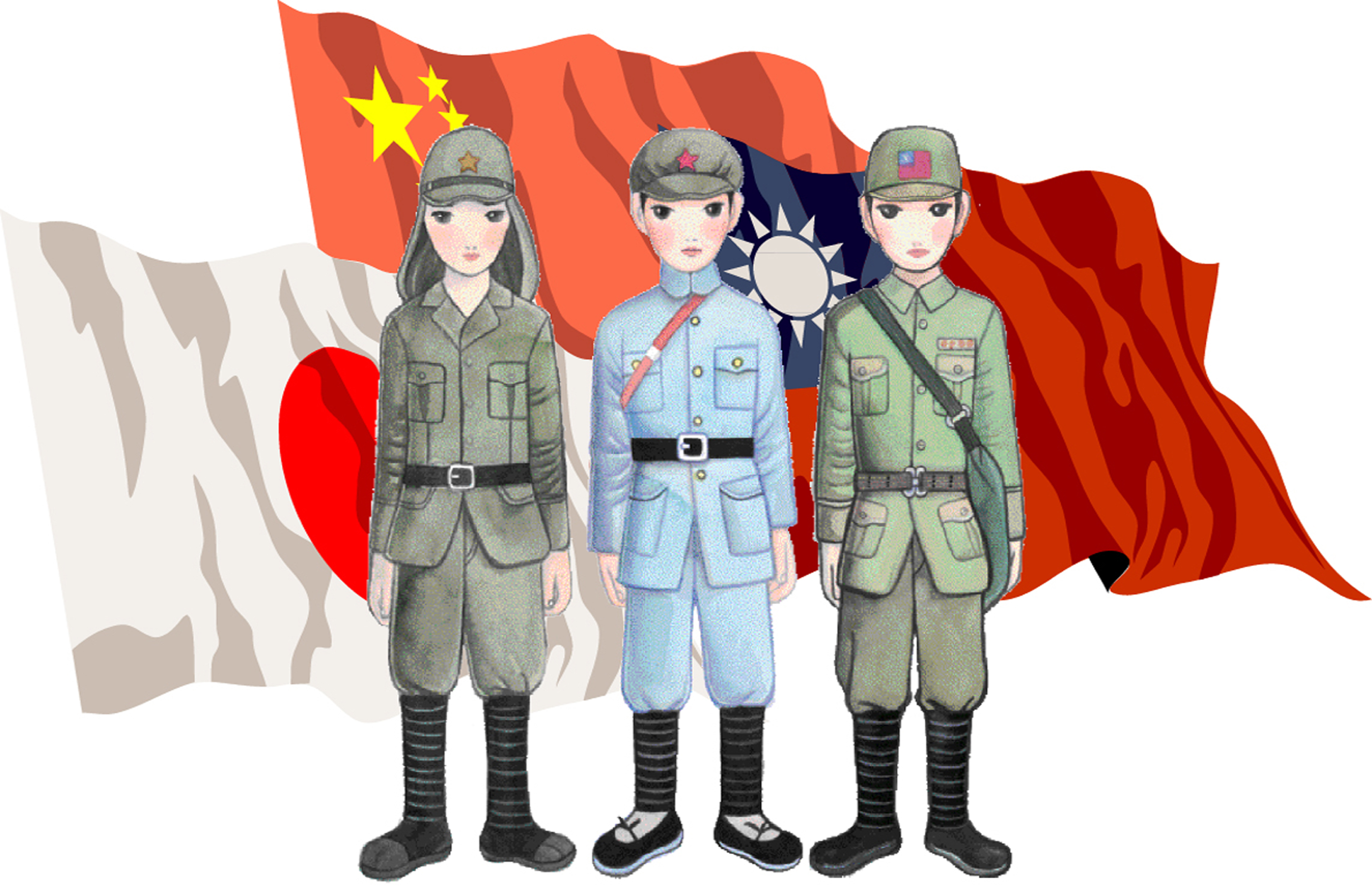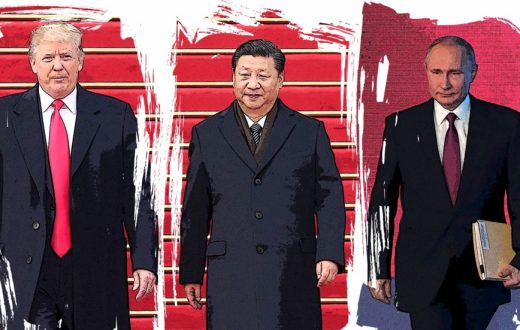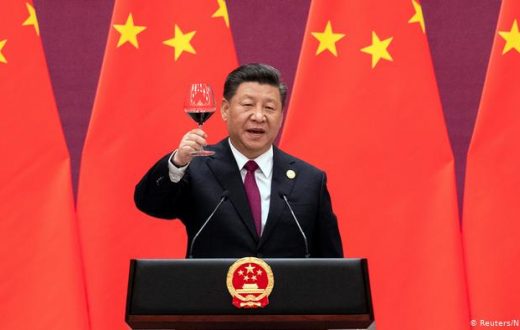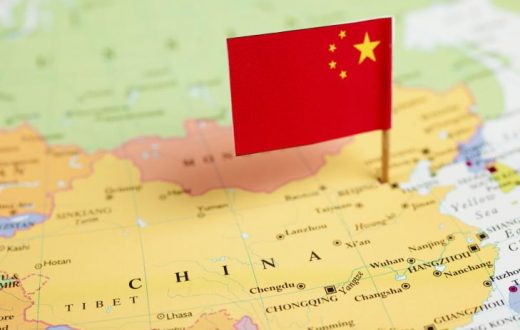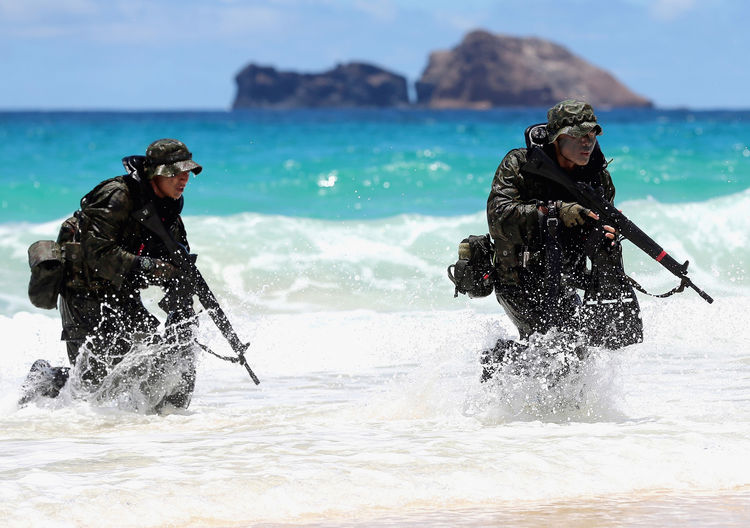At the tail end of 2015, Beijing introduced the ambitious first wave of Chinese President Xi Jinping’s comprehensive plan for military reform. The changes — which include a more powerful strategic weaponry command, a new ground force headquarters and an organization called the Strategic Support Force — are the culmination of a decadelong effort to improve the People’s Liberation Army (PLA). The focus is on military capability and overcoming the deep-rooted political intransigencethat has stymied the development of China’s armed forces.
Analysis
China’s ground forces have never had their own headquarters until now. Previously, the People’s Liberation Army’s Four General Departments served as the de facto army headquarters, functioning together as the equivalent of a joint staff, to which the navy, air force and the newly renamed Rocket Force would report. Effectively, this meant that the navy, air force and strategic missile forces were treated as adjuncts of the army. The establishment of an army headquarters will improve the Four General Departments’ ability to serve as a joint staff and also help equalize the standing of the four branches of the PLA. This is a key prerequisite to developing the ability to conduct joint operations — necessary to prevail in modern warfare — and crafting a capable military that can operate far from the security of mainland China.
As of Dec. 31, 2015, what had been the Second Artillery Corps and in command of China’s nuclear and conventional strategic missiles, was reorganized as the PLA Rocket Force. It received an upgrade in organizational standing, from an “independent arm” (on the same level as an intra-service branch such as the infantry) to a full service, on par with the navy and air force — and for the first time, the army. This increases the importance and heft of the Rocket Force when it comes to military decision-making. In addition, all legs of China’s nuclear triad, including submarine-launched ballistic missiles and strategic bombers, are reportedly unified under the PLA Rocket Force’s command — a responsibility the Second Artillery Corps never held. Gen. Wei Fenghe, who had been the Second Artillery Corps commander, is serving as the PLA Rocket Force commander. Given that the force conducted missile drills early in the new year, it seems likely that most of the Second Artillery’s organizational structure has been maintained — at least to the point where normal operations are not significantly affected.
After the ground and rocket force headquarters, the People’s Liberation Army’s Strategic Support Force is the next new structure. Details are sparse at the moment, leading even Chinese state media to speculate, but this force has been rather blandly described by Chinese Ministry of Defense spokesman Yang Yujun as a combination of all support forces “with strong strategic, fundamental and supportive importance.” However, the appointment of a Second Artillery Corps general with a technical background as the new force’s commander supports the notion that this is not simply a logistics organization, as its name would suggest, but a group responsible for high-tech operations. Military commentators propose that the PLA Strategic Support Force’s portfolio includes space, cyberspace and electronic warfare operations. The inclusion of the Strategic Support Force in a raft of military reforms concerning two service-level organizations implies that the new force is intended to be a service in its own right, or an independent arm akin to the former Second Artillery Corps. This lends credence to rumors that emerged as early as 2014 that the PLA was planning to establish a space force.
Equally of interest are the anticipated changes that the People’s Liberation Army’s didn’t announce on Dec. 31. Though it was expected to be operational before 2016, a streamlined PLA military region structure was not mentioned at all. This suggests that the restructuring plans — including a reduction in the number of military regions from seven to five — could have undergone last-minute revisions. Alternatively, planned changes may be taking longer than expected to implement. Furthermore, a leaked list of commanders suggests that even after the restructuring, ground force officers — not naval or air force commanders — will continue to lead the five regions. In effect, this means the army will still oversee operations concerning all People’s Liberation Army branches until at least 2017. Next year, key leadership positions — including PLA leadership billets — will change as a result of the 19th National Congress of the Communist Party of China. If ground force officers — a cadre regarded as the greatest obstacle to reform — have managed to retain a significant degree of power and influence, they may still be able to preserve some of their interests going forward.
Although the Dec. 31 reforms are impressive, the changes made so far have focused mostly on the highest levels of command. Much work remains to be done at the lower echelons of the military. The People’s Liberation Army reportedly plans to consolidate the functions of the Four General Departments into a single Joint Staff Department. If this is the case, the amalgamation of the military regions and their staffs will likely be implemented in the year ahead. Additionally, a military reform guideline issued by the Central Military Commission stipulates that in 2016, China’s military will eliminate 300,000 personnel, improve the quality of combat personnel and military education, and reform domestic security forces. Carrying out these stipulations will be an arduous task for the Communist Party as it walks an increasingly fine line between maximizing the military’s ability to wage war and maintaining Party control over the armed forces.

